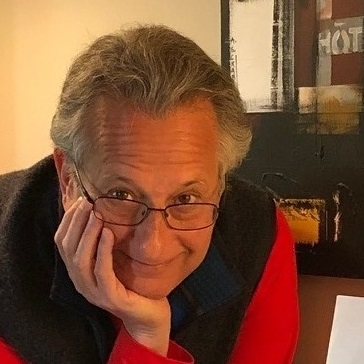An anencephalic baby challenges our definitions of life and humanity. Born with most of the brain missing, there is just enough brain stem to keep them alive for a few days. It is doubtful that they experience anything we think of as human cognition. This raises unfathomable questions. Are they sentient beings? Do they live in any meaningful sense?
While the brain is mainly absent, the other organs are primarily normal and can be harvested for transplantation. The organs of one anencephalic child can save the lives of multiple children. There is a terrible catch, however. To be transplantable, the organs must be harvested shortly after birth. When nature kills the child, toxins have accumulated, rendering the organs useless. So, harvesting organs requires the doctors first to kill a child — albeit a doomed child who likely has no awareness of its existence.
In 1992, there were two high-profile legal cases involving anencephalics. In Virginia, a mother insisted that her child, “Baby K,” be placed on life-sustaining equipment indefinitely, at the hospital’s expense. Baby K survived for two-and-one-half years. In Florida, a couple, knowing that their child, “Baby Theresa,” would be born anencephalic, decided to carry the baby to term to provide transplantable organs. A court order prohibited doctors from harvesting the organs, and Baby Theresa died naturally. By that time, nine days later, the organs had rotted.
Baby K and Baby Theresa rocked the hospital world by raising unsettling questions about ethics and economics. Who was responsible for the enormous costs of maintaining an anencephalic child with zero prospect of a meaningful existence? Is it humane to prolong the life of such a child? At what point can doctors in good conscience harvest the organs? What legal and professional risks did hospitals and physicians face in navigating these excruciating questions?
A dear friend, now deceased, was a medical school professor. He was appointed to chair an ethics committee to determine his hospital’s policies in such cases. The committee included experts in medicine, ethics, philosophy, law, finance, economics and religion. One member called my friend to inquire when the first meeting would be held. He was excited to have a role in this endeavor and had some ideas on how to proceed.
My friend responded, “Here’s the thing. We’re never going to meet.”
The caller, stunned and perturbed, hinted that he might complain directly to the university president. My friend said, “Let me save you some time. Here’s his extension. Tell him I said hi and that I’m looking forward to seeing him on the golf course.” (I heard this story long ago, so perhaps I’m slightly embellishing the specifics — or perhaps he did so when he told me the story.)
The committee member demanded to know why there would be no meetings. My friend said it was because no such committee could ever arrive at any morally defensible recommendation. It would be monstrous, he said, to prohibit the hospital from harvesting the organs at birth because that would ensure the deaths of all the children awaiting transplants. On the other hand, he noted, it would be monstrous to allow the hospital to harvest the organs at birth because that would entail killing a living child. Once that is acceptable, we can begin stretching the boundaries of what sort of child can be killed. If one with a few days to live and no cognition can be killed for the harvest, what about another with, say, a month to live and a little bit of cognition? Slopes are, indeed, slippery.
The committee never met, and it never established a policy. My friend had hoped that legal maneuverings would resolve the issues and render the hospital’s dilemma moot. And that, he said, did happen.
One of my favorite poems, John Gillespie Magee Jr.’s “High Flight” (1941), has nothing to do with this. But for some reason, its words resonate when I think of this story: “And, while with silent, lifting mind I’ve trod / The high untrespassed sanctity of space, / Put out my hand, and touched the face of God.”


